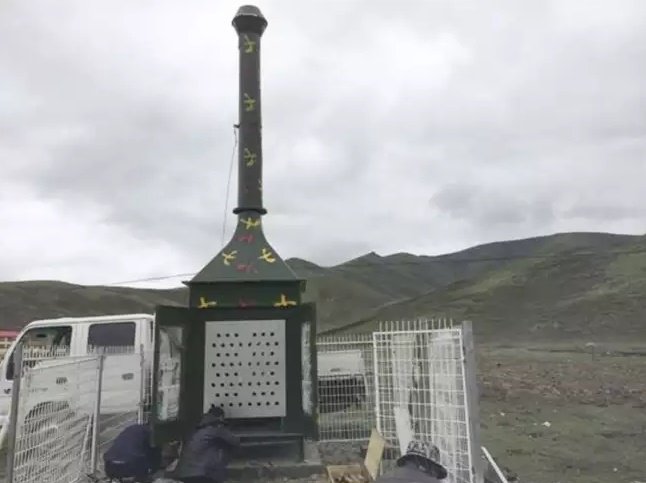Owing to the acute shortage of water, China is now adapting artificial rain to compensate the scarcity of water. The main goal is to provide rainfall in the rain shadow area of the Tibetan plateau. China is aiming to manufacture 10 billion tons of rainfall on the Tibetan Plateau. This initiative is a project of China Aerospace Science and Technology Corporation (or CASC). CASC will develop silver iodide furnaces. These furnaces will be placed on the Himalayan mountains at an approximate height of 16,400 feet.

Usually the target areas of the Tibetan Plateau and Qadasim basin are naturally devoid of rainfall owing to the landscape and topography. These regions fall to the south of the Himalayan slopes. The furnaces act like cloud seeders which invigorate the puffs of vapor coming from the Indian Ocean, to produce rain.
Working Principle of the Rainmaker Furnaces:
Here is a simplified working principle of the rainmaker furnaces:
The furnaces contain chemical fuel, which is burned in the furnaces. As a result of this combustion, smoke laced with silver iodide is generated. The silver iodide smoke, then rises and combines with the cloud and crystallizes the cloud. This crystallization sets off as a chain reaction that precipitates as rainfall. The whole system will be automated with the help of computer networks and software applications. The computer ecosystem deploys weather satellites to time the release of silver iodide during periods of cloud coverage.








Leave a Reply